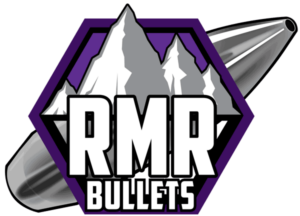rcgrube
Forum Replies Created
-
AuthorPosts
-
rcgrube
Participantfollowing is a small excerpt from an article published by Shooting Times. I don’t know the date of print, but if you search “shooting times article 9mm carbine loads” it will pop up. Its an eye opener regarding how dangerous playing with C.O.A.L. is and paying attention not just to bullet weight but the manufacturer of said bullet. Just flat based compared to concave has impact, especially when dealing with a case of such small capacity, small differences have profound impacts.
Handloaders have to be careful to make sure their loads stay within safe pressure limits, so it is important to follow published load data closely. Changing components can dramatically change pressure. The important things to watch are bullet manufacturer, overall length, brand of brass, and primer. Changing any of these can change pressure. Case brands vary in their capacity, and cases with less capacity will produce more pressure than cases with more capacity if they are loaded the same because the powder chamber will be smaller.
AdvertisementCartridge overall length (COL) is an especially important variable. Pressure increases as the bullet is seated deeper in the case, so handloaders must be very watchful of COL. For example, the Speer Reloading Manual #10 showed a 9mm Luger load that produced 28,000 CUP (copper units of pressure) went up to 62,000 CUP when the bullet was seated 0.030 inch deeper—an increase of 34,000 CUP (121 percent). The details of that load have been lost to time; I asked the folks at Speer about it, but they couldn’t provide further information. But it’s certainly a red flag for closely watching COL.
Ramshot used to publish a chart in its manuals that showed a 20 percent increase in pressure in a 9mm load when a 115-grain bullet was seated from 1.155 inches down to 1.082 inches COL (0.073-inch change) using Zip powder. Pressure went from about 27,500 psi at 1.155 inches to about 32,800 psi at 1.082 inches, an increase of 5,300 psi. It illustrates how different powders might act differently with different cases, bullet weights, and COLs.
All that said, the COL has to fit the gun’s chamber, and not all 9mm chambers are the same. That might require some adjustment on the part of the handloader. For example, I have several S&W M&P9 2.0 pistols, and they have short throats that require me to seat the bullets deeper than the recommended COLs in some manuals. When seating the bullet to a depth greater than that listed in the manual, the powder charge must be reduced to keep the pressure the same.
-
AuthorPosts
